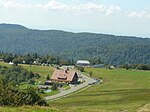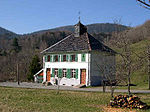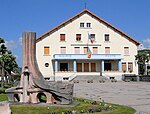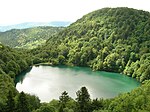Ballon d'Alsace
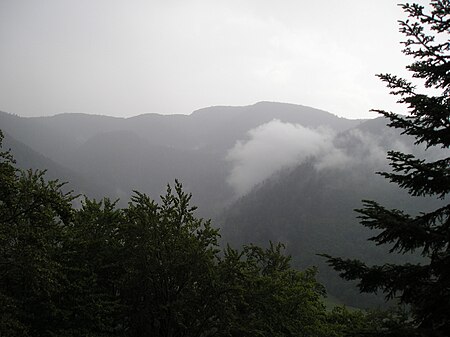
The Ballon d'Alsace (French pronunciation: [balɔ̃ dalzas]; German: Elsässer Belchen, pronounced [ˈɛlzɛsɐ ˈbɛlçn̩]) (el. 1247 m.), sometimes also called the Alsatian Belchen to distinguish it from other mountains named "Belchen") is a mountain at the border of Alsace, Lorraine, and Franche-Comté. From its top, views include the Vosges, the Rhine valley, the Black Forest, and the Alps. A road leads over a pass near the peak at the Col du Ballon d'Alsace, 1,171 m (3,842 ft). The pass is noted as the site of the first official mountain climb in the Tour de France on 11 July 1905, the first rider to the top of the climb being René Pottier and the stage being won by Hippolyte Aucouturier. Stage 9 of the 2005 Tour crossed this pass on the centenary of the original climb. Ballon d'Alsace features Alpine and Cross Country skiing tracks. The mountain is part of the so-called Belchen System, a group of mountains with the name "Belchen" (in German) that may have been part of a Celtic sun calendar.
Excerpt from the Wikipedia article Ballon d'Alsace (License: CC BY-SA 3.0, Authors, Images).Ballon d'Alsace
Sentier Découverte Ballon d'Alsace, Thann-Guebwiller
Geographical coordinates (GPS) Address Nearby Places Show on map
Geographical coordinates (GPS)
| Latitude | Longitude |
|---|---|
| N 47.822222222222 ° | E 6.8452777777778 ° |
Address
Sentier Découverte Ballon d'Alsace
68290 Thann-Guebwiller
Grand Est, France
Open on Google Maps
